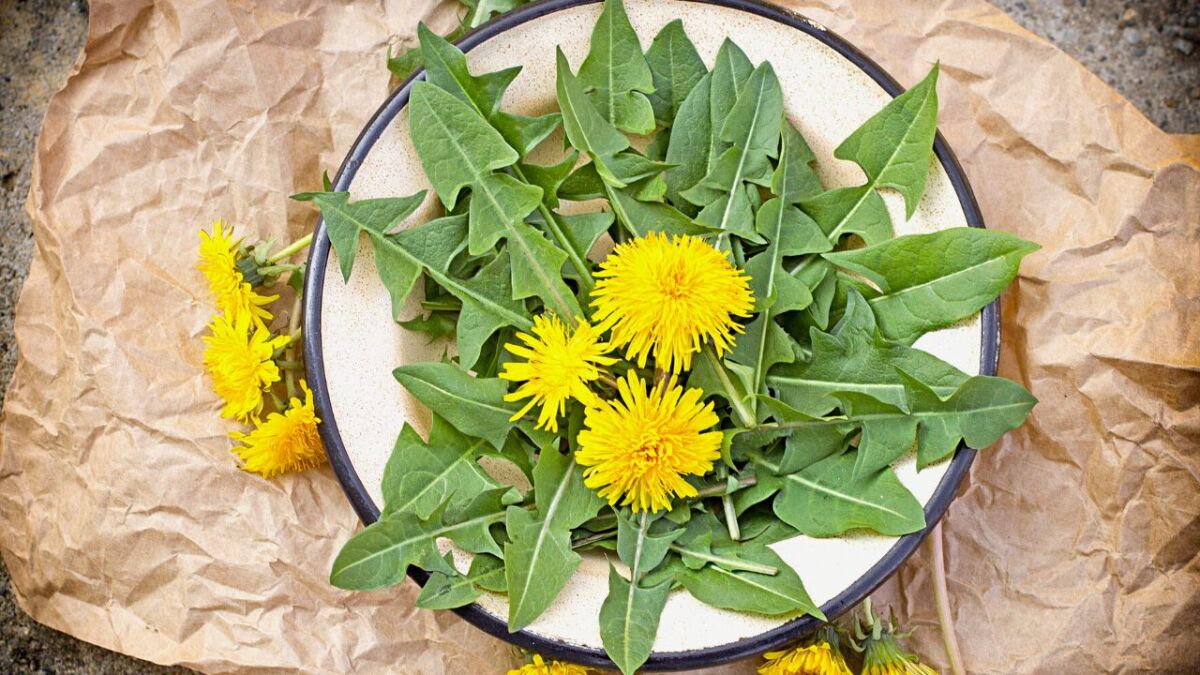
Survival artist dandelion - Weed? No! The dandelion is a survival and medicinal plant.
👉 The key facts from this guide
- Dandelion is an extremely useful plant with medicinal properties and high levels of vitamins A and C. It is a true survivor that thrives under harsh conditions.
- The whole plant, from the flower to the stem to the root, is edible. It can be eaten raw in salads, cooked like spinach, or used as a tea or coffee substitute.
- Dandelion is rich in vitamins and minerals, including protein, iron, magnesium, vitamin E, calcium, vitamin C, and vitamin A. It also contains vitamins B1 and B6.
- The plant has a detoxifying effect and is used to treat fever, headaches, cough, bronchitis, gout, liver or gallbladder weakness, kidney or gallstones, loss of appetite, constipation, and many other ailments.
- Dandelion is also healthy for pets such as guinea pigs, rabbits, dogs, cats, and horses. It has a stimulating effect on the kidneys and gallbladder and helps eliminate kidney stones and deposits.
- Beekeepers appreciate dandelions as a source of food for bees. The flowers are full of nectar and pollen, which is especially important for the nutrition and upbringing of the bees in the spring.
The dandelion possesses extraordinary medical properties and could be the next power herb in naturopathy.
Due to its many benefits, the dandelion should be appreciated more, from its medicinal properties to its high content of vitamins A and C.
With the dandelion, you get a survivor like no other.
Even in harsh conditions, it produces seeds and seeks the smallest crevices to thrive.
Finally, the entire dandelion is edible, from the flower to the stem and the root.
Now, let's dive deeper into the world of the dandelion.
No other plant is as well-known and yet as underestimated as the dandelion
When outdoor temperatures climb back into the plus range after winter, the dandelion is one of the first plants to announce the arrival of spring.
From about mid-April, the common dandelion (Taraxacum sect. Ruderalia; formerly Taraxacum officinale L.) stretches its sun-yellow flowers towards the sky.
It blooms until the end of June, occasionally even a little longer, providing enough time to finish harvesting for dandelion jelly or dandelion honey.
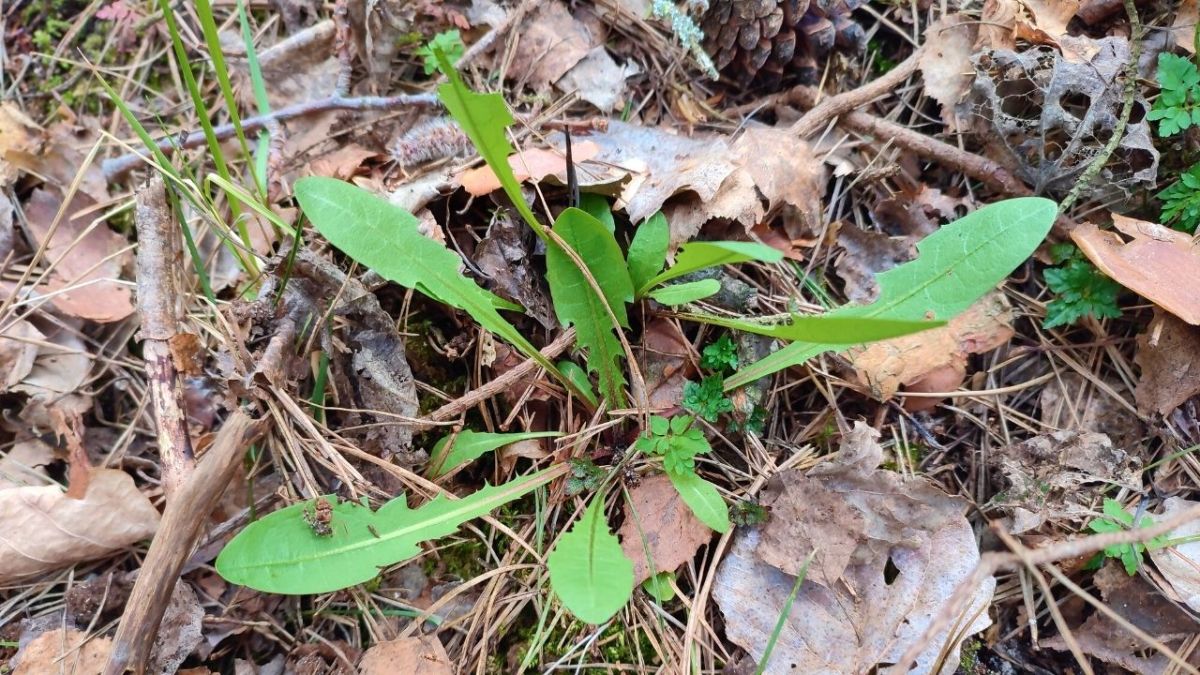
Its distinguishing features are the long hollow stem on which the flower head sits.
The serrated leaves resemble the teeth of a lion, which ultimately gave it its name.
The flower consists of several rows of tiny yellow petals arranged in a circle, which become smaller towards the center. These petals give the flower the appearance of small suns.
The plant juice is milky white. But contrary to some myths, the white juice is only poisonous in high quantities.
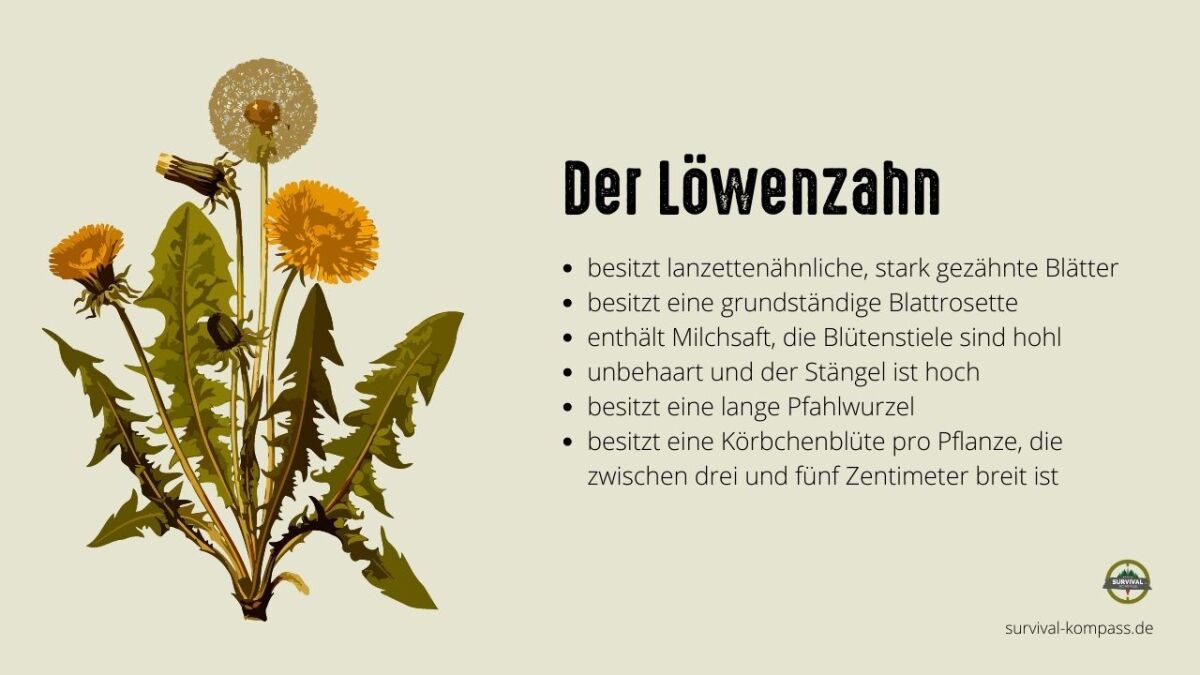
Even though the plant is a great supplier of honey and jelly, these are by far not all the properties that the dandelion has to offer.
Its valuable ingredients make it what it is, one of the most important medicinal plants in Europe.
The enormous power of the dandelion
Many of you are certainly familiar with the image of a single dandelion plant breaking through the asphalt of a street.
This alone says much more about the dandelion than any literal description could.

This plant not only has the teeth of a lion, but also its strength and endurance. Almost everywhere its seeds fall to the ground, a new plant emerges.
It grows:
- on and out of walls
- on rubble heaps
- in sand
- on riverbanks
- in forests
- in gardens
- on meadows
The dandelion doesn't care about the soil. It prevails everywhere.
He passes on this incredible strength to those who know how to use it.
People knew about the power of the dandelion as early as pre-medieval times.
The Native Americans and the Celtic Druids also attributed magical properties to it.
Thus, it was once also part of the customs surrounding All Hallows Eve (Halloween) or incense and smoke herb in shamanic rituals.
In addition to numerous minerals, the dandelion also has a high concentration of vitamins and bitter substances.
The roots of the dandelion extend up to one meter deep into the soil. Those who want to harvest them must dig deep, but are rewarded with a variety of possible uses.
The most important ingredient in the taproot is inulin. This makes the dandelion interesting for diabetics.
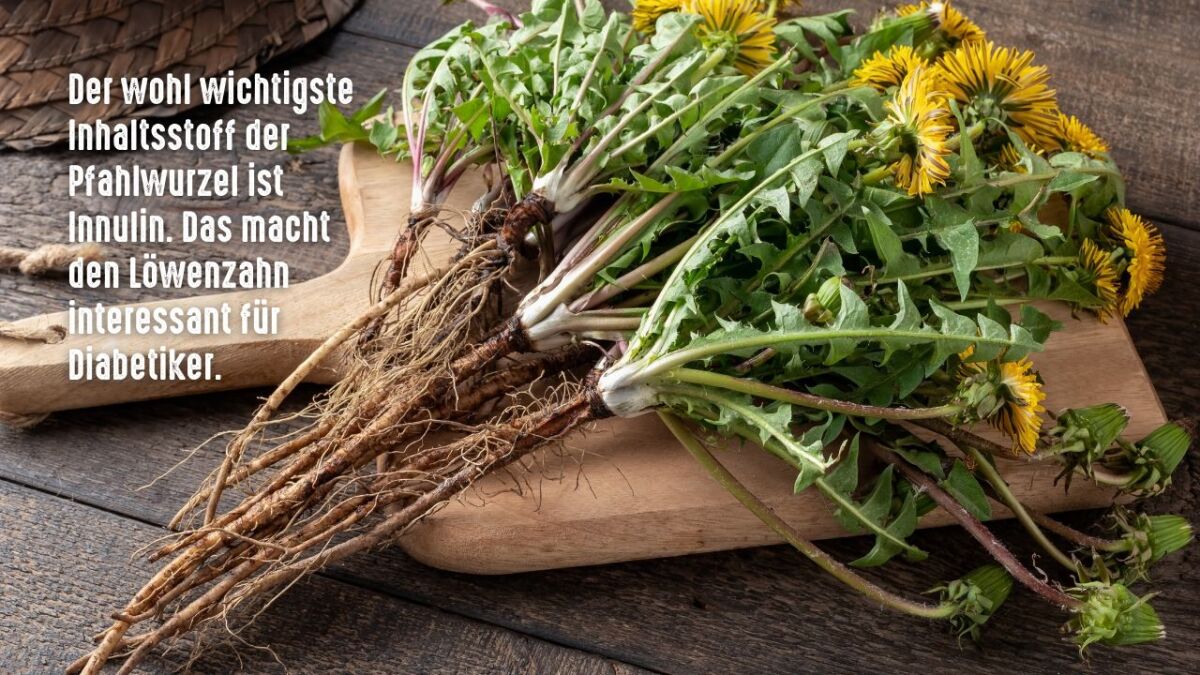
Its balancing effect regulates blood sugar levels. Just one cup of dandelion root tea per day is enough for this purpose.
But not only tea can be made from the root, but also coffee.
In times of war, when almost everything was lacking, dandelion roots were dug up, cut into small pieces and roasted. Afterward, they were ground and brewed as coffee.
Generally, the dandelion stores all the important elements in its root.
Although the leaves also contain all the important ingredients, the strongest concentration is found in the plant's root in autumn, when the green leaves retreat.
For winter, this plant is therefore a perfect candidate for storage.
In principle, plant parts can be harvested at any time of the year, which does not affect the plant's growth, as long as it concerns above-ground parts.
The dandelion has the concentrated power of nature
Its valuable ingredients make it an all-rounder, which is not least due to its vitamin content.
Compared to a head of lettuce, the dandelion scores with up to forty times the occurrence of certain vitamins.
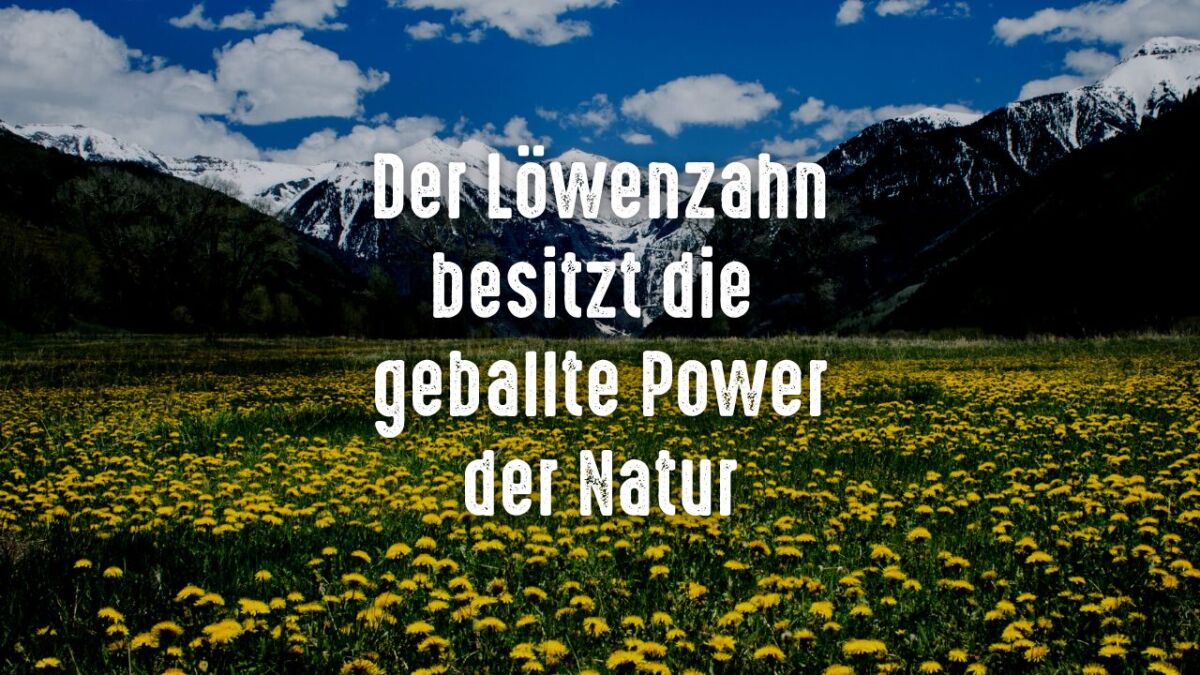
In terms of height, the comparison to lettuce looks like this:
- First, dandelion has twice as much protein as lettuce
- three times as much iron as lettuce
- four times as much magnesium and vitamin E as lettuce
- eight times as much calcium as lettuce
- nine times as much vitamin C as lettuce
- forty times as much vitamin A as lettuce
In addition, it contains vitamins B1 and B6, making dandelion the clear winner.
Its high potassium content, which has a diuretic effect, has earned dandelion the unflattering nickname "bed-wetter" in German folklore.
Unlike diuretics from the pharmaceutical industry, dandelion binds minerals in the body and does not flush them out.
The plant stores additional minerals in the body, making it automatically competition.
Instead of investing in research, the industry has chosen to rely on cheaper-to-produce preparations. As in so many cases, profit comes first.
As I mentioned earlier, dandelion root contains insulin, which regulates blood sugar. So let's focus on the other abilities of the dandelion now.

The "milk" of the plant, similar to the orange juice of celandine, helps with warts. It stains just as much, but is less "aggressive" on the skin.
In addition, dandelion has several bitter substances throughout the plant, which stimulate saliva flow and promote digestion. Therefore, dandelion is perfect for diets aimed at permanent weight reduction.
It also provides the body with important minerals in the process.
Nutritional information about dandelion
If you were to put together a nutrition/nutrient table like the ones found on food packaging, it would look like this for dandelions.
For every 100 grams of dandelion, you would get:
- 29 kcal, 123 kilojoules (energy)
- 620 mg of fat
- 2438 mg of carbohydrates (of which sugar makes up 0%)
- 3130 mg of protein
- 165 mg of salt
- 3020 mg of fiber
- 1550 mg of minerals
At the end of the day, that equates to 0.20 BE (bread units).
As a result, dandelions are practically unbeatable as a food supplement.
Dandelions as Useful and Medicinal Plants
Against Pests
But that's not all, in folk medicine, dandelions are also used for wound healing and pest control.
The crucial factor here is certain bitter substances called sesquiterpene lactones, which other plants do not possess.
Thus, dandelions keep pests-both literal and figurative- at bay.
For Skin Treatment and Detoxification
Moreover, due to its itch-reducing and anti-inflammatory properties, dandelions can be used to treat insect bites and wounds.
Furthermore, dandelions are known for their detoxifying effects.
In addition, dandelions are also used to treat the following diseases:
- Fever
- Headache
- Cough and bronchitis
- Spring fatigue
- Gout
- Weakness of the gallbladder or liver
- Kidney or gallstones
- Loss of appetite
- Constipation
- Pimples
- Menopausal complaints
- Rheumatism
- Edema
- Hemorrhoids
- Chronic joint diseases
- Gastric weakness
- Gastrointestinal complaints
- Allergies
- Atherosclerosis
- Eczema, corns, warts and other skin ailments
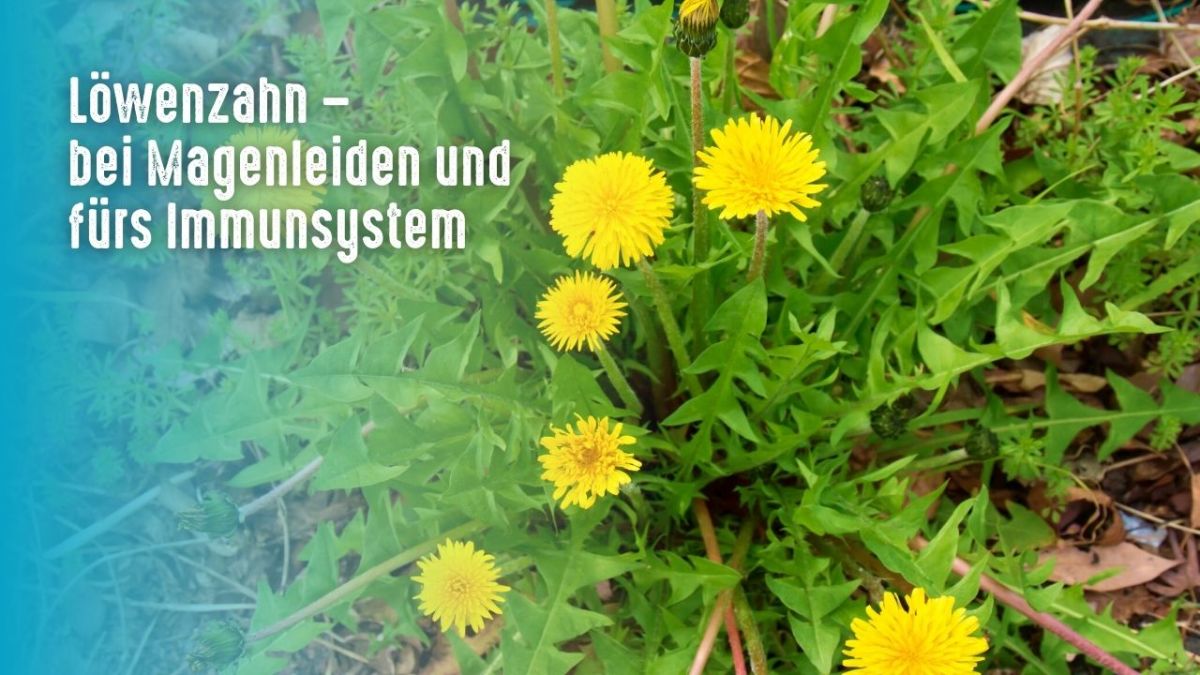
Pets and Dandelion
Everyone who has guinea pigs or rabbits occasionally feeds dandelion as supplementary green food.
What has a certain tradition here has backgrounds that should be known?
- Dandelion has a stimulating effect on the kidneys and gallbladder.
- Due to its sweeping effect, it not only frees rodents from kidney stones and deposits, but also helps dogs, cats, and horses alongside humans.
- Depending on the size and weight, as well as the type of animal, the forms of administration range from a few milligrams to grams.
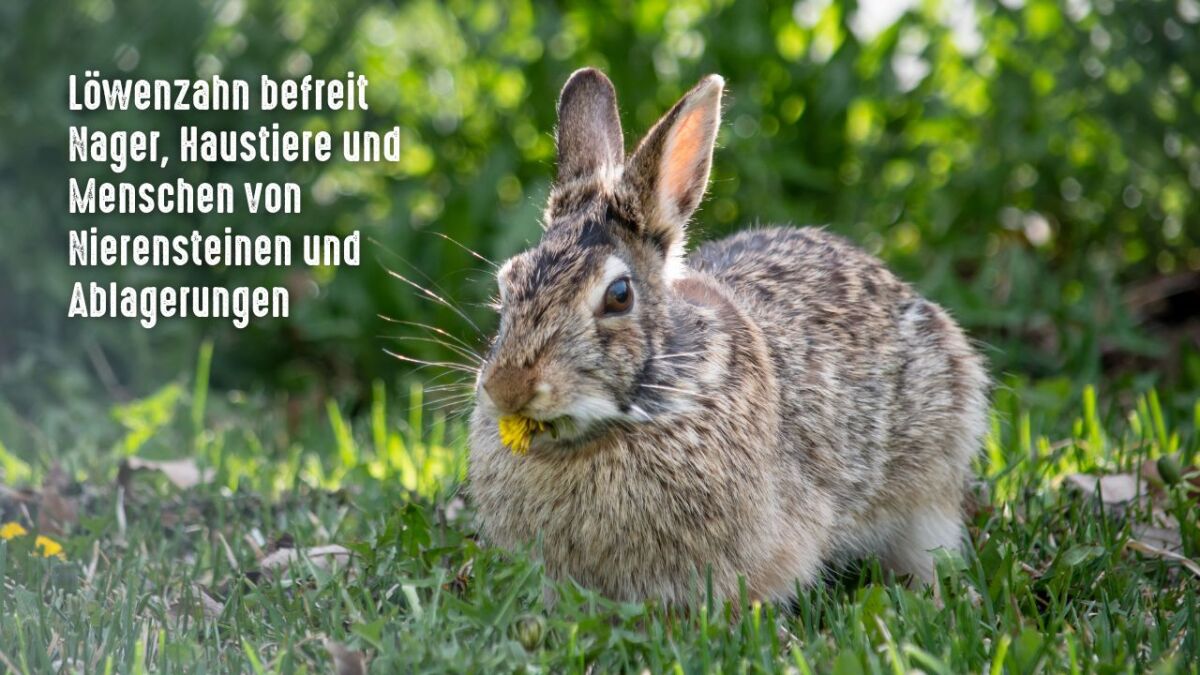
If you have rabbits or plan to breed rabbits for meat supply in a crisis, you should occasionally give them dandelion.
Dandelion for healthy and strong bees
Beekeepers also appreciate dandelion as a food source for bees, as the flowers are full of nectar and pollen.
Especially in spring, when it comes to the nutrition and breeding of the queens, and generally the brood, it is a welcome herb.
The animals need the nutrients to form new, healthy, and strong colonies. Therefore, beekeepers refer to it as an early and mass forage.
Anyone who owns a piece of grass in their garden can contribute to ensuring that the bees, which are already endangered in our area due to the great bee die-off, find enough food.
So let the dandelion flowers stand until they turn to seed, and only mow the lawn afterward.
This approach not only helps the beekeeper's colonies, but also wild bee species, such as the beautiful carpenter bees, to preserve their species.
Of course, other insect species and butterflies also enjoy the flower-rich dandelion meadows. They offer a lush habitat for countless crawlers and flyers.
To sum up, the dandelion is a valuable companion that maintains nature's numerous inhabitants in an ecological equilibrium.
Another exciting way to use dandelions is as survival food in emergencies. The dandelion is a plant that occurs in many parts of the world and is therefore ideal for this purpose.
In my two guides "Edible Plants: This Emergency Food Can Be Found in the Forest" and "Searching for Food in Winter", I highly recommend it for this reason.

The leaves, roots, and flowers of the plant are all edible and can be used as survival food in emergencies. Dandelion leaves are rich in Vitamins A and C, and the roots contain a lot of protein.
From the flowers, a tea can be prepared that is rich in antioxidants. The roots can be dried and ground into flour for consumption.
Dandelion leaves are particularly healthy and contain a lot of vitamin C, potassium, magnesium, and iron.
In this way, in an emergency, you can also get important vitamins and minerals that would otherwise be missing. In addition, dandelion also helps with digestion as well as widening blood vessels, cardiovascular disorders, and menstrual cycle pain.
Also read
9 Recipes with Wild Herbs for Camping and Outdoor – These 9 delicious recipes with wild herbs bring the taste of the forest to your next camping trip. From crispy bread to aromatic soup.
The Dandelion Clock
Another name for dandelion, which every child knows, is the term "blowball".
The special structure of the seed heads allows them to fly for miles with even the slightest movement of the wind.
The small parachutes serve the purpose of movement and distribution of the plant. Then, it can happen that the rain gutter or a brick wall is chosen as a new place to grow under the most adverse conditions.
This is why we encounter the dandelion in the most unlikely places, where it then grows into a strong plant under the harshest circumstances.
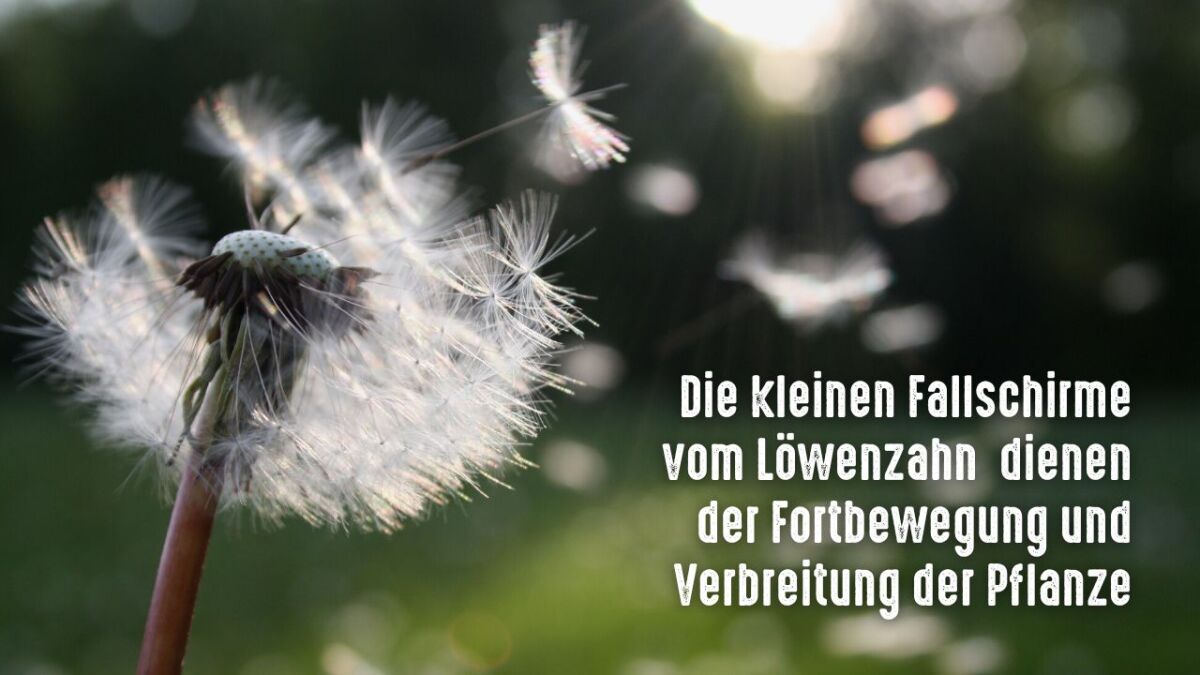
Especially in small children, enthusiasm grows when the umbrellas take off and are carried away by the wind.
I can still remember my childhood and the curiosity that arose when it came to the question of how far the seed would fly.
Nature is always good for little miracles and develops many sophisticated systems for the preservation of biodiversity.
According to a story, blowing on the plant's silvery balls will reveal the number of years you have left to live.
It is said that you have as many years left as the number of seeds that remain after one blow.
Of course, such stories should not be taken too seriously because with a strong blow, usually nothing sticks to the ball. And no one has ever died from blowing away all the seeds.
Dandelion as Wild Vegetable
Like many other plants, dandelions are also very popular in the kitchen.
What once arose out of necessity is now even considered fashionable in expensive restaurants.
Dandelion bread, dandelion soup, and dandelion flower desserts are no longer rare in the world of culinary delights.
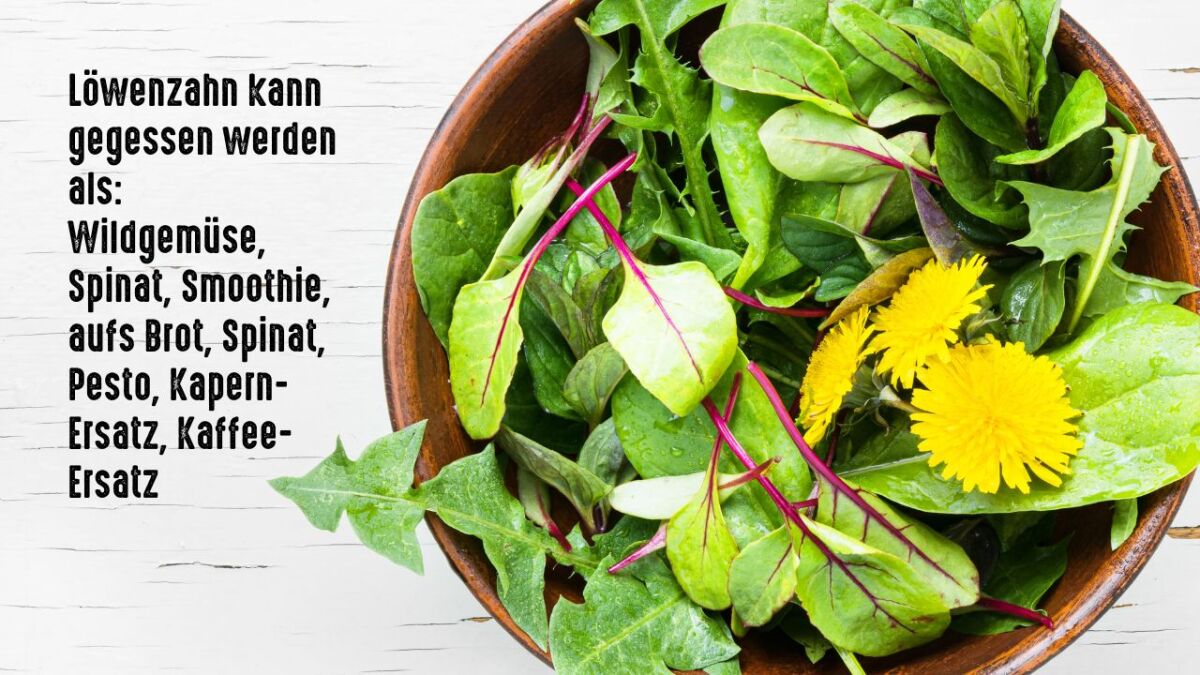
There are now incredibly many chefs who integrate dandelions into their dishes and create sophisticated recipes that would have never been expected during the post-war period.
Well, times change, and it is not a bad thing that a wild vegetable as healthy as dandelion is making a comeback today.
It also looks good everywhere. Whether it is processed as raw food in a smoothie, or young leaves and flowers in a salad, it doesn't matter. It can also be prepared like spinach and is also healthier than cultivated vegetables.
It's slightly bitter, spicy taste is also suitable for soups and pestos. The closed flower heads can be pickled in place of capers and the root can be steamed or processed into coffee, which also stimulates digestion.
The dandelion is truly a plant that deserves this comeback.
And in light of current economic developments, it certainly doesn't hurt to be informed about its many talents.
3 Recipes - What Can You Make with Dandelions?
There are many things you can make with dandelions! For example, smoothies, dandelion wine, dandelion tea, and dandelion coffee are popular drinks. The green of the dandelion can be cooked like spinach, added to soups and herbal sauces, or eaten raw in salads.
The dandelion root can be roasted and ground into powder to make a coffee substitute. It is also delicious as an ingredient in risotto or quiches. And dandelion honey can be made from the flowers.
Let's take a closer look at some of these things.
Dandelion Honey
Dandelion honey can almost be considered a forest honey equivalent. You can use it just like forest honey to sweeten things like toast, yogurt, and baked goods.
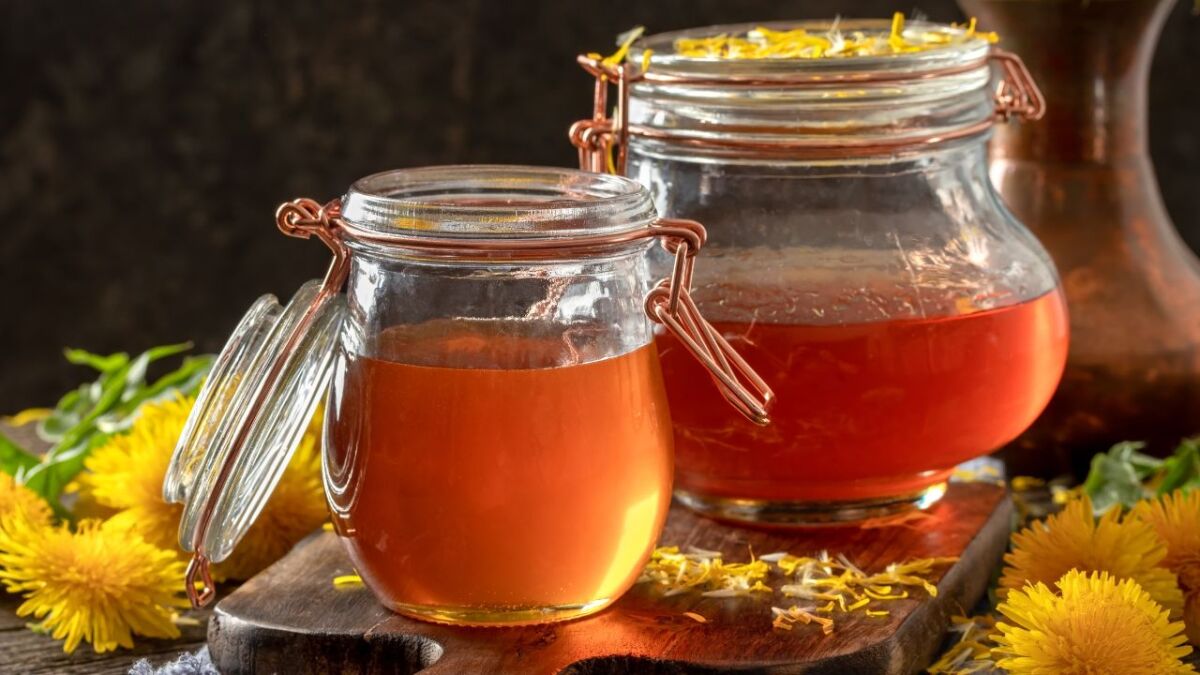
Ingredients:
- 200g dandelion flowers
- 1 kg granulated sugar
- 1 untreated lemon
Instructions:
- Collect the yellow petals from dandelions (pick the dandelions on a sunny, warm day)
- Cut the lemon into slices, including the peel.
- Boil the dandelion petals with 1 liter of water. Let it steep for at least 4 hours - preferably longer.
- Then strain through a sieve (a hair sieve is ideal) and squeeze out the leaves tightly.
- Then boil the extract again and add the sugar and lemon slices. Let this mixture simmer on low heat for 3 to 4 hours. The more it is boiled down, the thicker the honey will become.
- When the honey has the right consistency, fill it into jars. Seal the jars immediately and let them cool upside down.
Dandelion Pesto
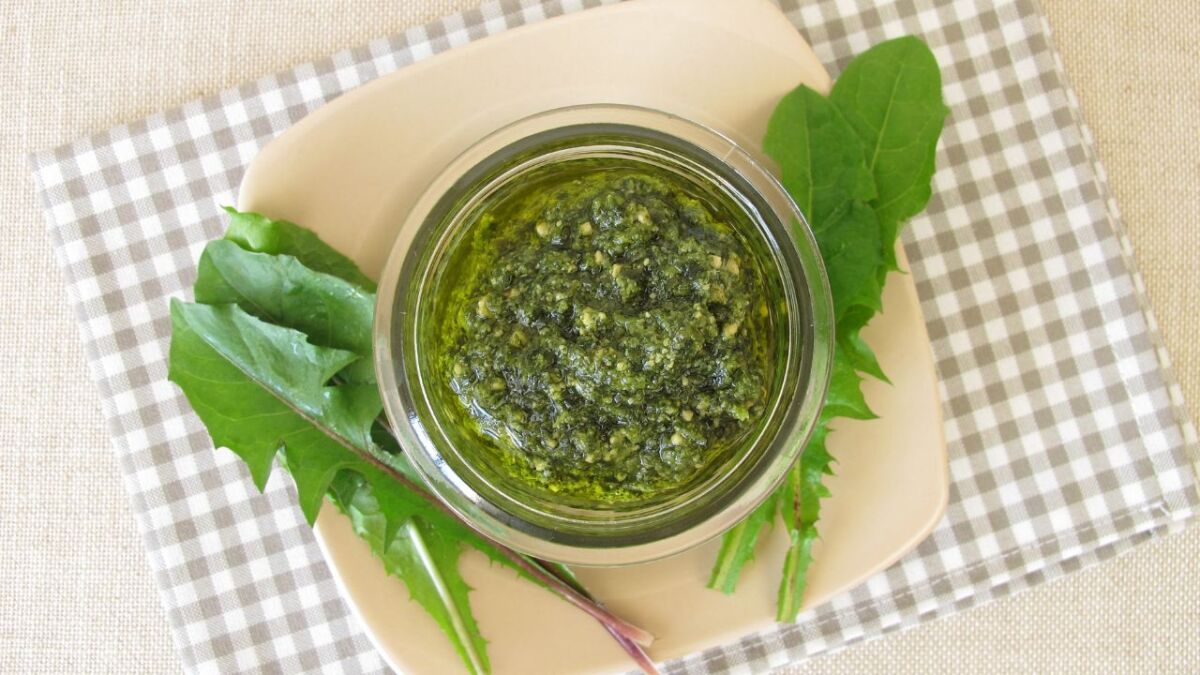
Ingredients for 4 servings:
- 2 cloves of garlic
- 1 bunch of dandelion leaves
- 1 pinch of salt
- 120 ml of olive oil
- 2 tablespoons pine nuts
- 1 pinch of pepper
- 1 tablespoon grated Parmesan cheese
Instructions:
First, wash and cut the dandelion leaves into small pieces. Then put the dandelion leaves, garlic, Parmesan cheese, pine nuts, olive oil, salt, and pepper in a blender or food processor and mix everything into a smooth paste. Done!
Tip: For the dandelion pesto recipe, you can also use pistachios, pumpkin seeds, or sunflower seeds instead of pine nuts.
Dandelion Coffee
Dandelion has a beneficial effect on digestion, blood purification, and diuresis. A coffee is therefore the perfect blend to get going again. And here's how to make it:
- Find an old knife or a weed puller and go outside on a dry day.
- Find 10 dandelion plants and get the roots.
- The ideal is to catch the dandelion before it flowers, then it is not so bitter.
- Separate the leaves and clean the roots with water.
- Cut the roots into thin slices.
- Then dry the slices on a sheet on a warm day or in the oven at 40 degrees Celsius.
- Once the roots are completely dry, lightly roast them in a pan.
- Add some sugar, so the future coffee will be a little milder.
- After roasting, put the pieces in a coffee grinder and grind them small. Alternatively, use a blender.
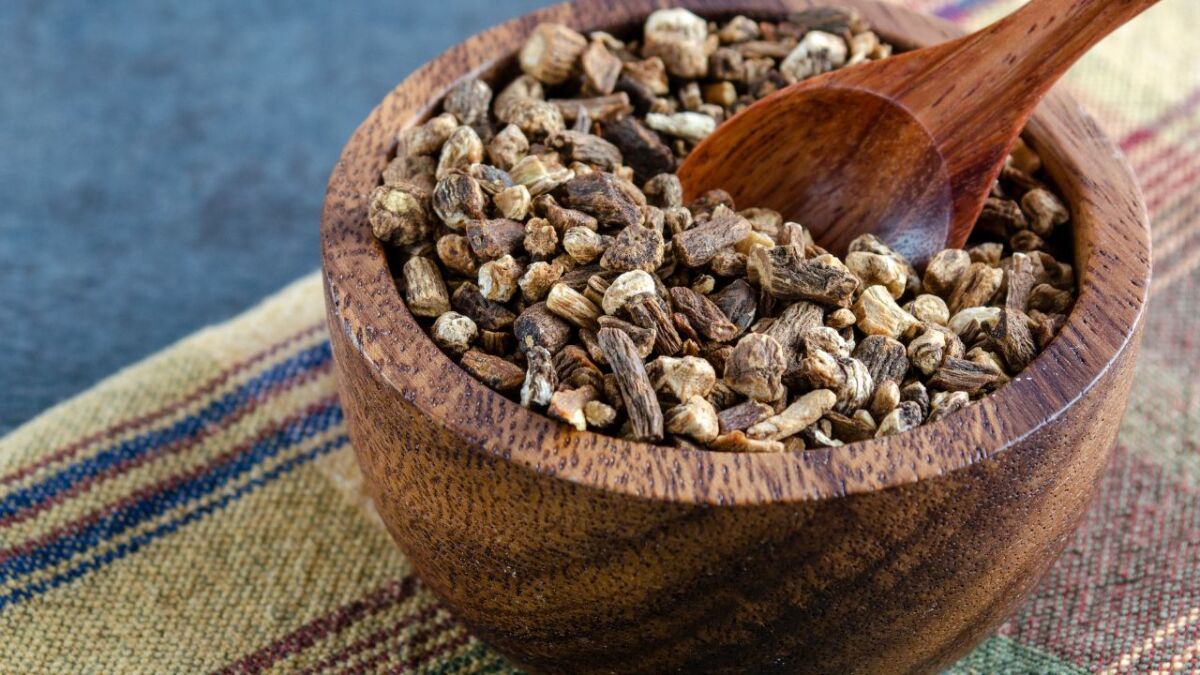
How to prepare dandelion coffee:
- For each cup, take a heaping teaspoon of dandelion root powder.
- Let the coffee steep for at least one minute - dandelion coffee powder is quite mild and the longer you let it steep, the stronger your coffee will be.
Have fun trying it out and enjoy!
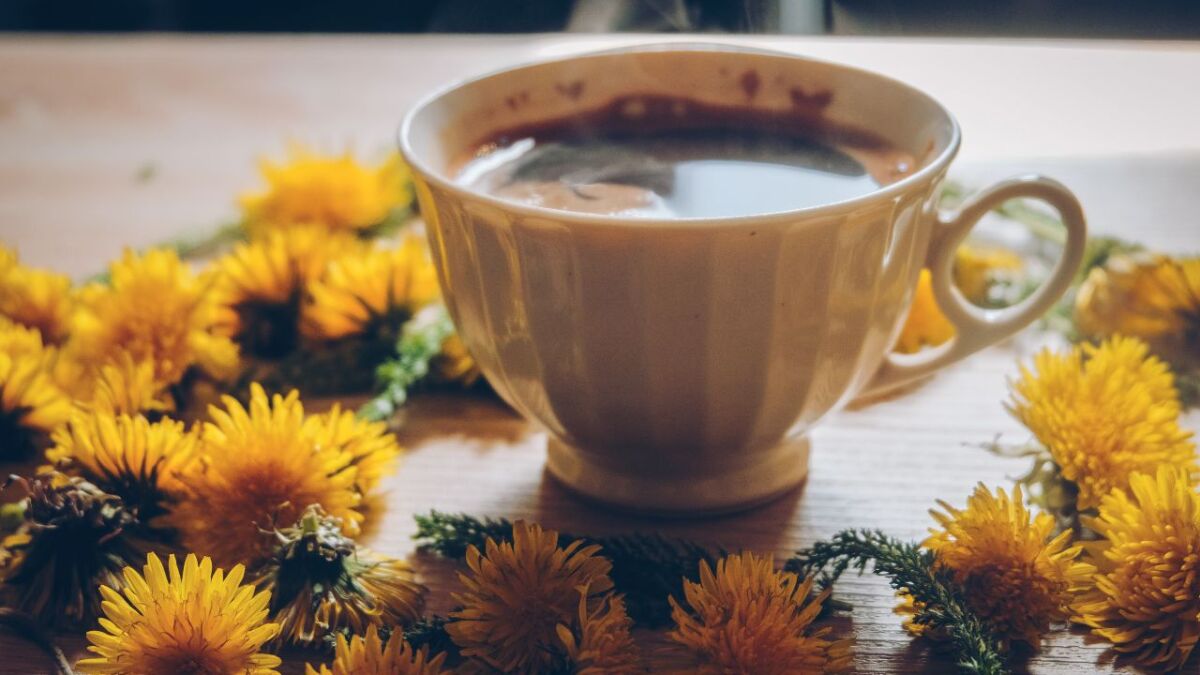
Also read
Master the Art of Camp Coffee with These 6 Methods (+ DIY Tip) - Coffee while camping is incomparable - especially in the morning. This list of 6 methods will help you prepare the perfect cup of coffee.
Can dandelion be confused with other plants?
In spring, dandelions can often be mistaken for other yellow plants such as ground ivy, the daisy, and primroses. There is also a risk of confusion with the following plants:
- Tansy ragwort (poisonous)
- Goat's beard (edible)
- Rib wort plantain (harmless)
- Fall dandelion (partially edible)
- Pig weed (edible)
- Field hawk weed (edible)
- Arugula/rocket (edible)
However, it is easier to identify dandelions directly. The following characteristics are typical of dandelions:
- Has lance-shaped, heavily serrated leaves
- Has a basal rosette of leaves
- Contains milky sap with hollow flower stalks
- Unhairy with a tall stem
- Has a long taproot
- Has one flower head per plant, between three and five centimeters wide
Questions and Answers about Dandelions
Can you eat dandelions?
Yes, you can eat dandelions. The leaves, flowers, and roots are all edible. They can be eaten raw in salads or cooked in a variety of dishes.
Are dandelion stems poisonous?
No, dandelion stems are not poisonous. However, excessive consumption of the milky latex in the stems should be avoided.
Are dandelion roots edible?
Dandelion roots are edible. Dandelion roots are good for digestion and are often used to ease digestive problems. The root is very nutrient-rich, containing vitamins A, B and C, as well as iron, phosphorus, calcium, and magnesium. Dandelion roots can be prepared in various ways, such as boiled, baked, or fried. They have a slightly bitter taste.
Are dandelion flowers edible?
Dandelion flowers are edible and can be used in a variety of recipes. The flowers can be used for salads, soups, and even pancakes.
Is dandelion a medicinal plant?
Dandelion is a plant that has been used as a herbal medicine for centuries. The leaves, roots, and flowers of the plant are used to make medicine. Dandelion is most commonly used for liver problems, including liver disease and gallstones. It is also used for urinary tract disorders, diabetes, fluid retention, and high blood pressure.
Why is the plant called dandelion?
The plant is called dandelion because it has a yellow flower that looks like a lion's head. Additionally, the leaves resemble the teeth of a lion.
What are the uses of dandelion?
Dandelion has many uses. It can be used as food because its leaves are edible and contain a lot of vitamin A and C. Dandelion wine can be made from the flowers. Dandelion can also be used as a medicinal plant because it has diuretic, laxative, and anti-inflammatory properties.
What is dandelion used for?
Dandelion is most commonly used in salads, but it can also be used in soups, sandwiches, and other dishes. Dandelion wine can be made from the flowers, and dandelion tea can be brewed from the flowers and leaves.
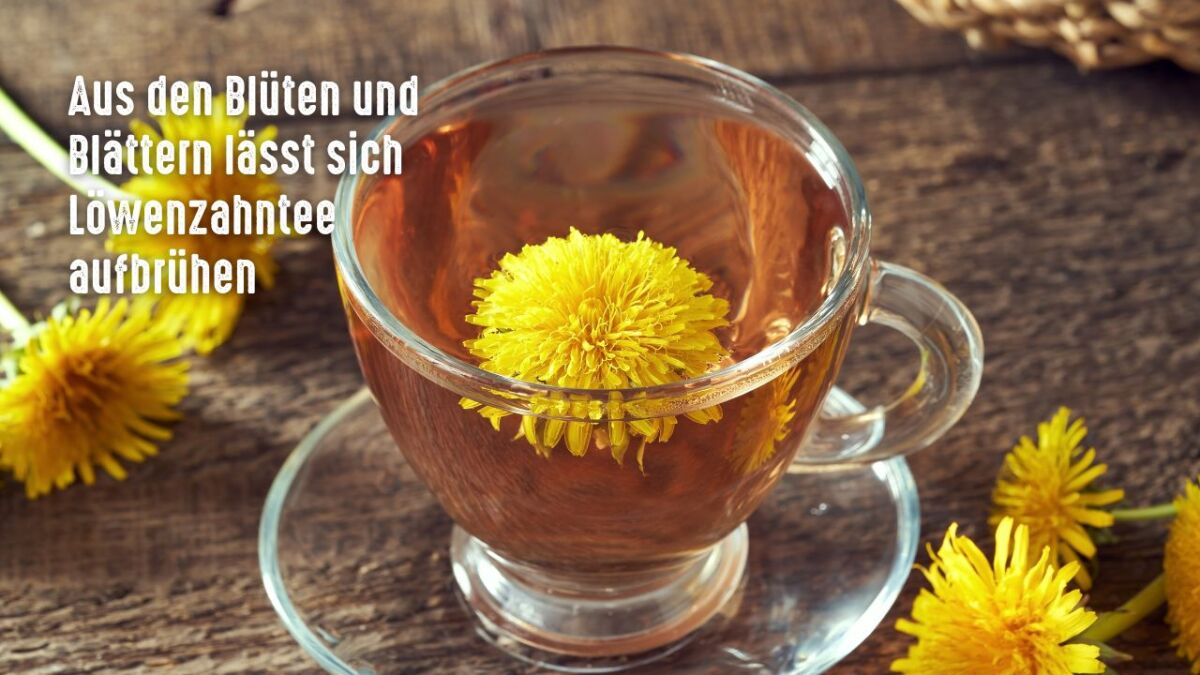
What are the side effects of using dandelion?
Dandelion can cause side effects such as diarrhea, upset stomach, and skin rash. It can also cause an allergic reaction in some people.
Is dandelion juice poisonous?
No, dandelion juice is not poisonous. However, it should not be consumed in large quantities as it contains bitter substances, triterpenes, and resins.
When should I harvest dandelions?
The best time to harvest dandelion is in spring or early summer when it is in full bloom. Harvest the roots in autumn, when the dandelion loses its leaves.
Is dandelion part of the buttercup family?
Dandelion is sometimes referred to as buttercup, a common name that may vary depending on the region. However, it is not clear whether this refers to dandelion or the toxic Ranunculus acris. The dandelion belongs to the family of Asteraceae, while the buttercup belongs to the family of Ranunculaceae.
Various Legends about Dandelion
Dandelion was believed to have been served to the Greek hero and prince Theseus. Hecate, the goddess of childbirth, death, and protection of sorceresses and witches, gave him dandelion to eat for 30 days.
Through the power of dandelion, Theseus was able to defeat the monstrous Minotaur, who demanded 7 young men and 7 young women as tribute each year.
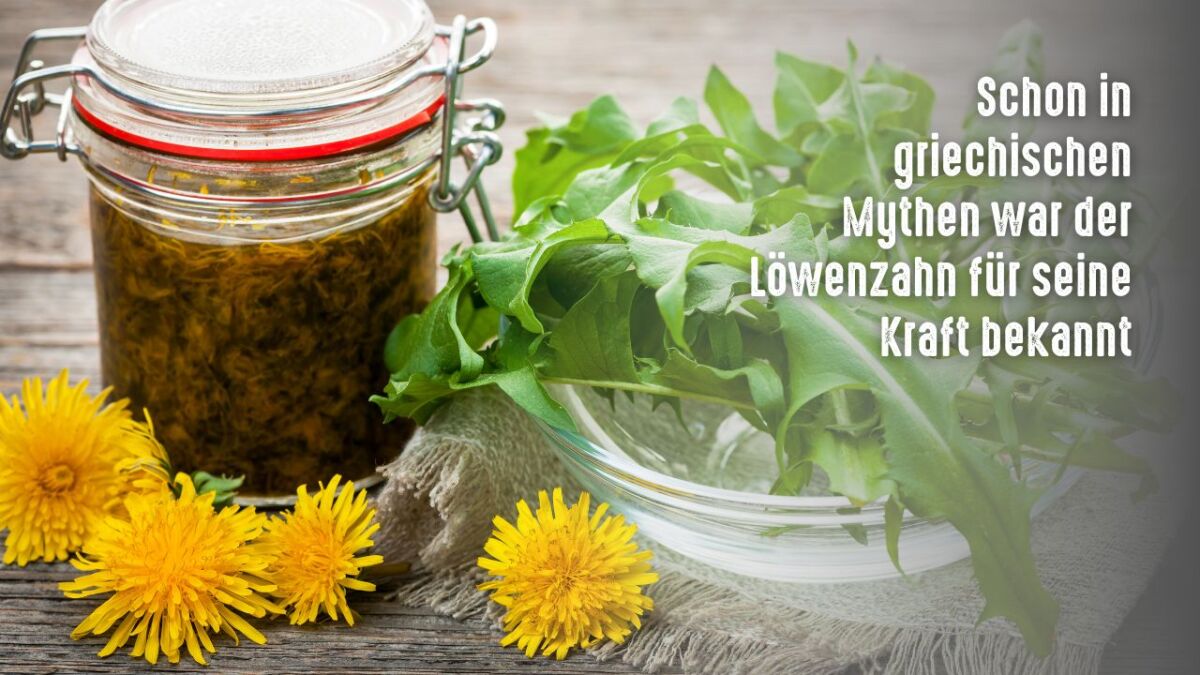
Since November is dedicated to the goddess, dandelion roots should be collected during this time as they reach their full strength in November according to legend.
This coincides with science, which states that most of the ingredients are present in the root in autumn.
In most cultures, dandelion was known, so all kinds of stories can be found in which the plant was attributed positive and negative qualities.
In the Christian faith of the 15th century, dandelion was also revered. It was often depicted in images of Mary, as it was seen as a symbol of virginity.
Also stemming from Christian faith, the following, albeit nonsensical tradition originated:
If you blow the seeds of the dandelion away and the ground of the plant is white, then you should be sure to go to heaven.
But if the ground was already dark, this was a sure sign of purgatory.
It was also believed that one had as many sins as the seeds that stuck to the clothing of the person blowing them away.
Dandelion was also popular for smudging. Its purifying effect was especially appreciated for ailments attributed to evil spirits.
Dandelion is a plant that enriches and keeps us healthy
In conclusion, it can be assumed that the stories about dandelions are mostly of a positive nature.
Certainly, there are some that caution or vilify dandelions, but in light of the bulk of excellent properties, they are negligible.
Since the health of a person is their most asset, one can confidently assume that good stories will continue to outweigh the bad in the future.
It is terribly unfortunate that science and natural medicine have not yet found a common path.
The potential of many plants is thus only preserved in folk medicine and gradually forgotten.
To prevent this, we must educate ourselves, learn from the ancient ones, and pass it on.
Otherwise, even great medicinal plants like dandelions will soon become just another story among many.


Author of the guide
Martin Gebhardt
Hey, I'm Martin. On my blog, you will learn the basics and numerous details about living in the wild. I think survival, bushcraft and the good life in nature are the keys to happiness. Find me here on Instagram or on YouTube. You can find more about my mission on the About Me page.
Was this guide helpful?
25 people found this guide helpful.
5.00 out of 5 points (25 Ratings)
Comments (0)
This post may contain affiliate links. So if you click on the links and make a purchase, I will receive a small commission at no additional cost to you. Click here, to learn more about it.


